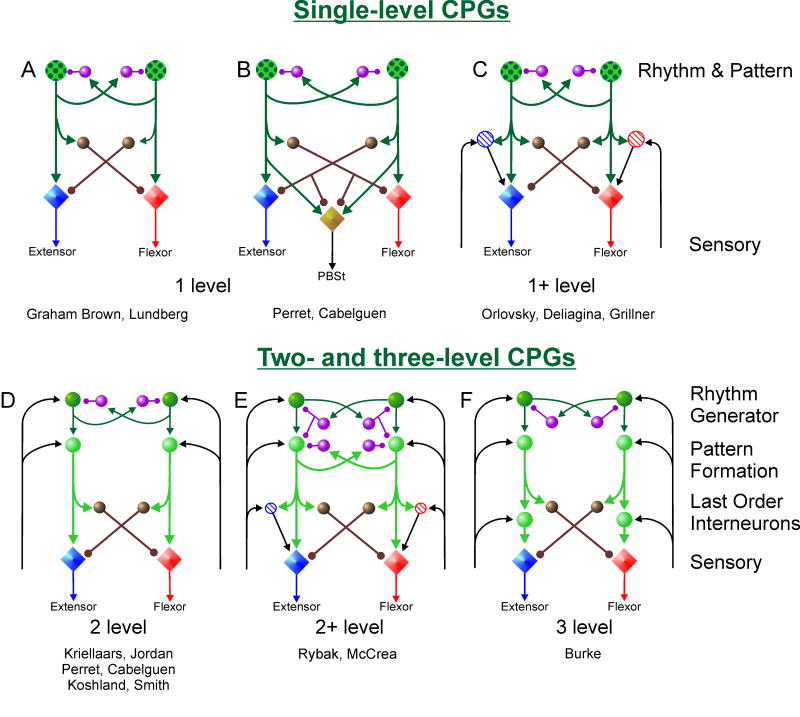Fig. 1. Schematic representations of half-center CPG models.
Circles represent spinal interneuron and diamonds represent motoneuron populations. Excitatory and inhibitory connections are shown by lines ending with arrow heads and small filled circles, respectively. A,B,C. Single-level half-centre models in which rhythm generation is produced by two excitatory interneuron populations (green stippled populations) interconnected by reciprocal inhibition (purple). The same interneurons excite the corresponding motoneuron populations as well as inhibitory interneurons responsible for rhythmic inhibition of motoneurons during locomotion. A. Classical half-center scheme. B. More complex patterns of motoneuron activity can be produced by connections from both half centers to some motoneuron populations (PBSt, posterior biceps semitendinosus). C. Motoneurons receive excitation during locomotion from interneurons with sensory input (hatched circles) as well the half-centres. D,E,F. Two-and three-level CPG architectures with separate rhythm generator (dark green circles) and pattern formation (light green) circuitry. E. As in C, a portion of motoneuron excitation during locomotion is mediated by interneurons with sensory input. There is reciprocal inhibition at both the rhythm generator and pattern formation levels. F. A three level CPG organization in which all locomotor excitation of motoneurons is mediated by interneurons with sensory input. See text for details.

